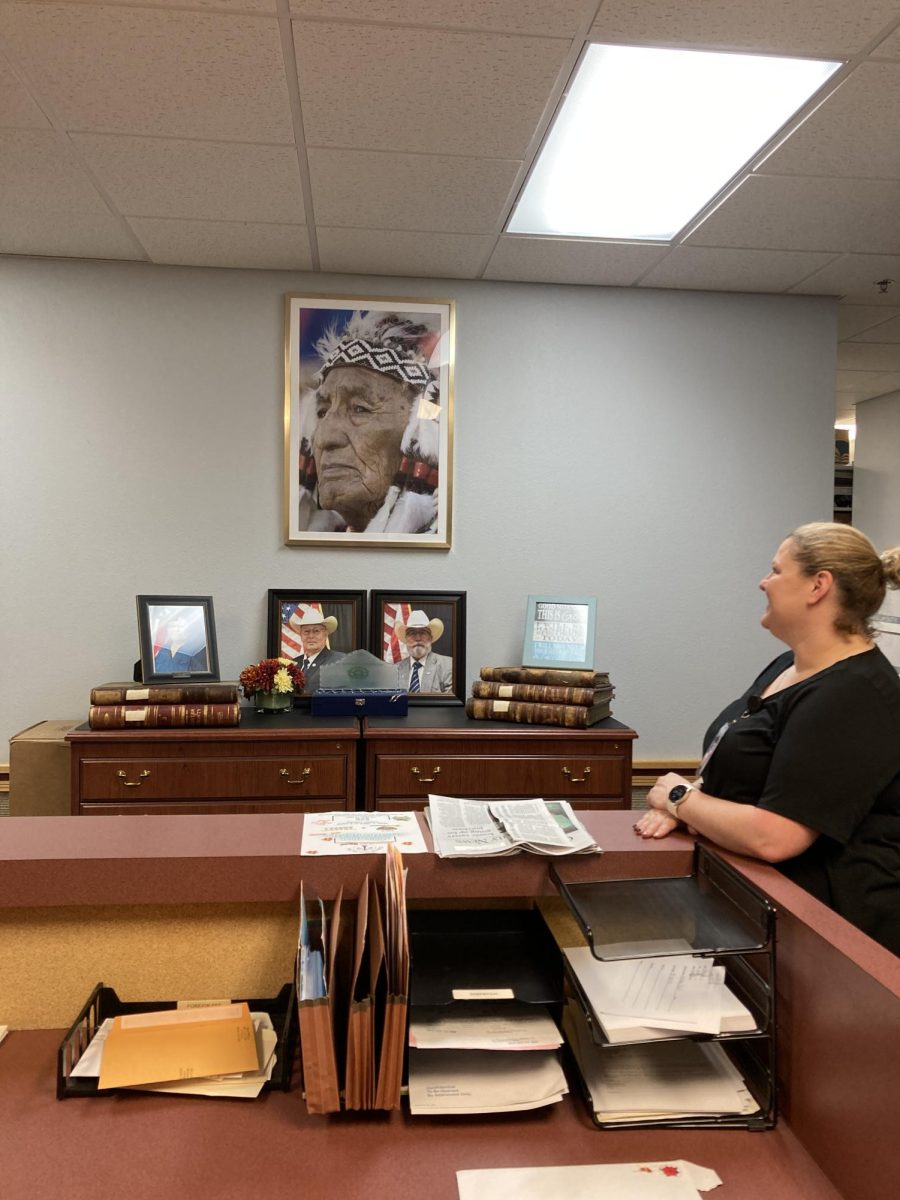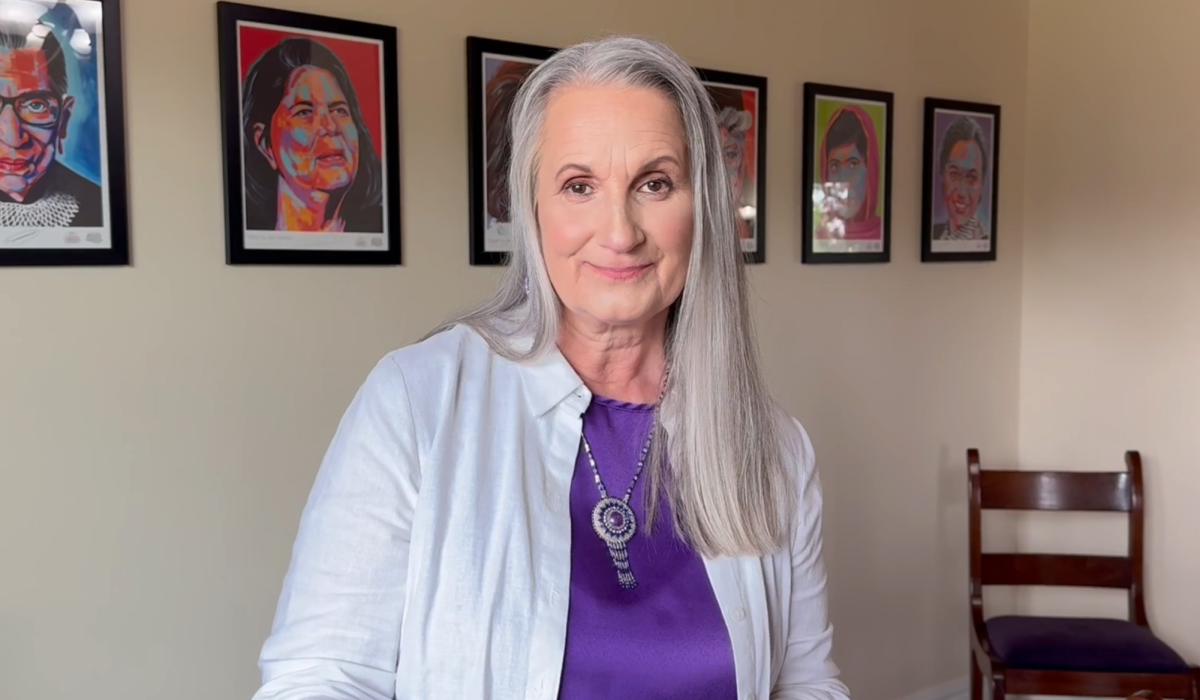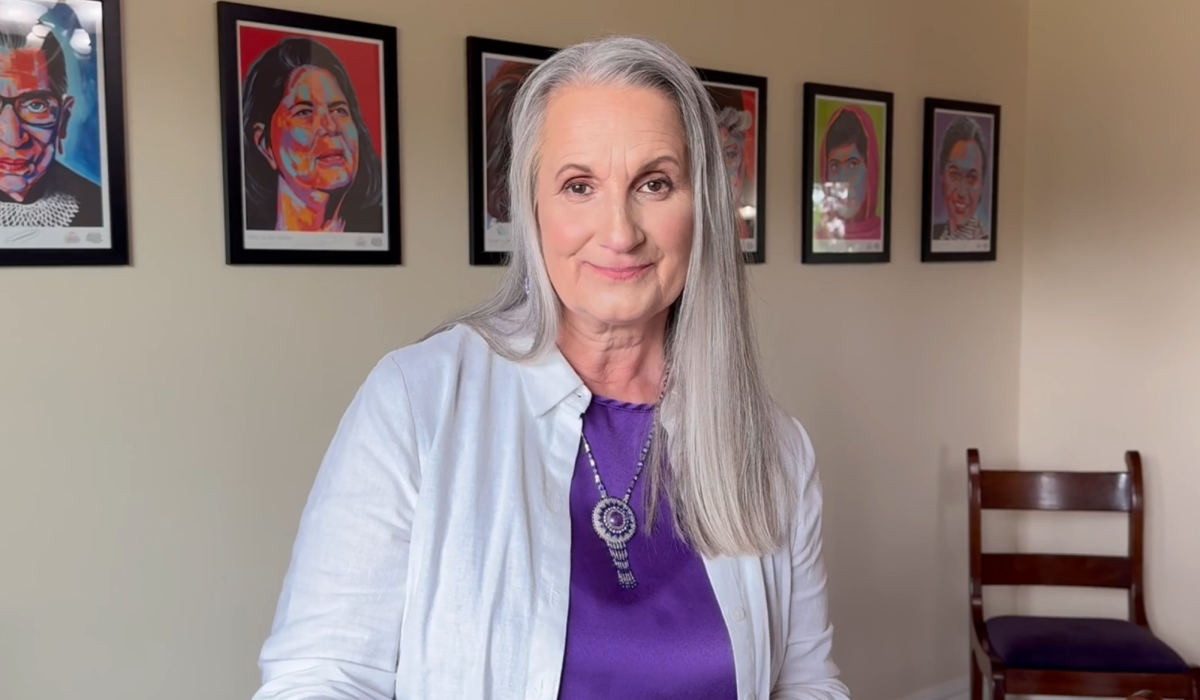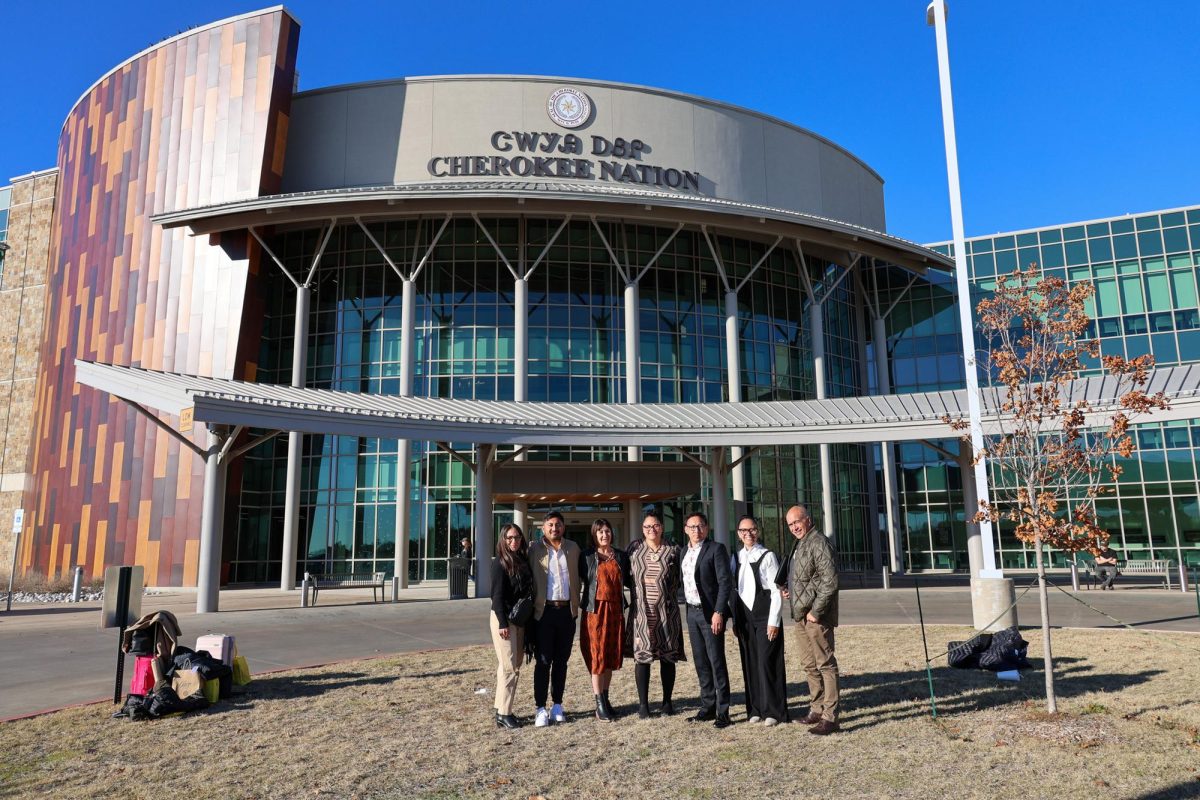ARAPAHO, OK — It’s likely that nobody put up a fight when Custer County was named in 1896, just a couple months short of the 20th anniversary of the Battle of the Little Bighorn.
Cheyenne and Arapaho Gov. Reggie Wassana said his ancestors “were just worried about living.”
“I doubt that they would have made waves,” Wassana said. “They were probably afraid of repercussions.”
Wassana said he never heard his grandparents mention the fact that a county and a city named for George Armstrong Custer lie in the heart of territory that until 1892 was their tribal reservation and continues today under tribal jurisdiction.
He wonders if his Cheyenne forebearers thought the naming of the county might have been payback for the killing of Custer. But he likely will never know.
“The old people didn’t like to talk publicly about certain events,” Wassana said.
Cheyenne Peace Chief Gordon Yellowman had a similar experience as a child.
“I remember my grandmother telling me that the leaders at one time had come to a decision that they weren’t going to talk about Sand Creek and other massacres. They said it would bring back emotional pain, and feelings of hurt and suffering.”
Custer City, Yellowman said, “was just a name. It didn’t have any meaning. It was just a town we passed through to go to the Indian hospital at Clinton.”
Custer County Sheriff’s Deputy Kenneth Cross once worked at the Washita Bathtlefield National Historic Site. The name was ratified in 1996 by the U.S. Congress; Native peoples believe it was a massacre rather than a battle.
It’s just a 45-minute drive from the county seat of Arapaho to the site in Rogers Mills County where Custer and his 7th Cavalry made an early-morning attack on Nov. 27, 1868, on the Washita River Valley encampments of Cheyenne, Arapaho, Kiowa, Comanche and Plains Apache.
“I took care of the trails,” Cross said, “and I wondered what it would have been like, living in a tipi on that river.”
Cross, who is Arapaho through his mother, said he “grew up in the white world” but loves to hunt and fish. He likes to imagine what the river valley was like more than 150 years ago, rich with wild game.
“It’s a little more comfortable living now,” he said, “but I still put deer meat on my family’s table.”
Cross once hoped to become a game warden, even though it meant he would be working rather than hunting during the open seasons. But he suffered permanent damage to his left hand in a car accident at age 2, and not until he was in his 40s and had completed law enforcement certification did he find work in law enforcement.
He’s spent much of his life proving to himself and others what he is capable of, Cross said, a trait he ascribes to his Native DNA. And he said it’s a good attitude for people to have as they go about their daily lives in a county named for a man who was happy to go along with Maj. Gen. Phillip Sheridan’s scheme to attack during the winter months, when the tribes were most vulnerable and their horses weak.
Cross’s co-worker, Louis Flowers, grew up in Texas and knew little about Native history until he moved to Oklahoma and married a Choctaw woman whose fifth-great grandmother was on the Trail of Tears. Now he’s more of an activist than many of his neighbors.
“I don’t want to ever forget the past,” said Flowers, who retired in 2022 as Weatherford police chief before going to work for Sheriff Dan Day. “It should never have happened. I want my grandkids to know this history. Custer was a ruthless bastard.”
Cheyenne Peace Chief Harvey Pratt is an artist who also had a career in law enforcement. He served in the U.S. Marines and was chosen to design the National Native American Veterans Memorial at the Smithsonian’s National Museum of the American Indian.
“Custer had a history of attacking sleeping camps,” Pratt said. “That’s what he did here in western Oklahoma. There is a good chance that he thought of the Indians as less than humans.”
But Pratt also acknowledged that “when I served in Vietnam, I looked upon the enemy as less than human. I didn’t look upon them as equals. Guys from World War II and Korea did the same thing. It was war, we had to kill them.”
Michael Grauer, who is the curator of cowboy collections and Western art at the National Cowboy and Western Heritage Museum, has spent more than 30 years studying and interpreting the history and culture of the American West.
In 2016, he visited the Sand Creek Massacre National Historic Site in Colorado after a National Park Service renovation that he said resulted in “a much more respectful treatment.”
“Driving in, I noticed the towns of Sheridan and Chivington,” he said. “Chivington was a maniac who was upbraided by the federal government.”
But when the Colorado towns were named, he said, they were populated by white people.
Custer County was organized by white settlers after the land run known as the Cheyenne-Arapaho Opening in April 1892, which was preceded by land allotments made to individual tribal citizens.
“There was nobody to push back,” Grauer said. “To the victor goes the spoils.”
Grauer said Col. John M. Chivington, who led the attack at Sand Creek in 1864, “was very much celebrated in Colorado, but there were also white people who had great admiration for the skills of the Northern Cheyenne. Bad things happen in war, and that was an ongoing war.”
While name changes are unlikely for any cities or counties that memorialize Custer, other re-namings are happening. In September, the U.S. Board of Geographic Names approved the renaming of Mount Evans to Mount Blue Sky, a move celebrated by the Northern and Southern Cheyenne and Arapaho whose ancestors were murdered and their bodies mutilated. John Evans was the Colorado territorial governor complicit in the Sand Creek Massacre.
“We changed Squaw Creek to Indian Creek in Kingfisher County,” Yellowman said, though hundreds of bodies of water across the United States still bear that offensive name.
In 2021, Squaw Mountain in Colorado was renamed Mestaa’ehehe Mountain, for Owl Woman, who was Pratt’s second-great grandmother. Owl Woman was married to William Bent, a white trading post owner. She served as a translator and negotiator who helped maintain peaceful relations between local tribes and new settlers in the early 1800s, and in 1985 she was inducted into the Colorado Women’s Hall of Fame.
Yellowman continues to advocate for changing the name of the Washita Battlefield. His great-grandmother Long Face survived the massacre at the age of 8, having already been traumatized at age 4 at Sand Creek.
“I think we now have an opportunity to make that change, with our leadership in D.C., with Deb Haaland as secretary of the interior,” Yellowman said. “We need to be having those discussions, not just for Washita, but throughout the United States.”
In December 2021, a portrait of Gen. George Armstrong Custer was removed from the Custer County Jail. In its place is a likeness of the Arapaho chief Moses Starr, who died in 2017.
“We can’t erase history, and we don’t want to,” Sheriff Day said during the ceremony, which Wassana attended.
“A lot of bad things happened with Custer, but we have learned from those mistakes.”
Day said Custer’s participation in the Indian campaign is “still fresh on the minds” of tribal citizens, and that replacing the portrait “is turning a new chapter of healing.”
“That small gesture was big in itself,” Yellowman said.
“For us, it meant something,” Wassana said.
“You had to walk in and see Custer’s picture staring at you, big as day. It was in a public area.”
Gaylord News is a reporting project of the University of Oklahoma Gaylord College of Journalism and Mass Communication. For more stories by Gaylord News go to GaylordNews.Net.







